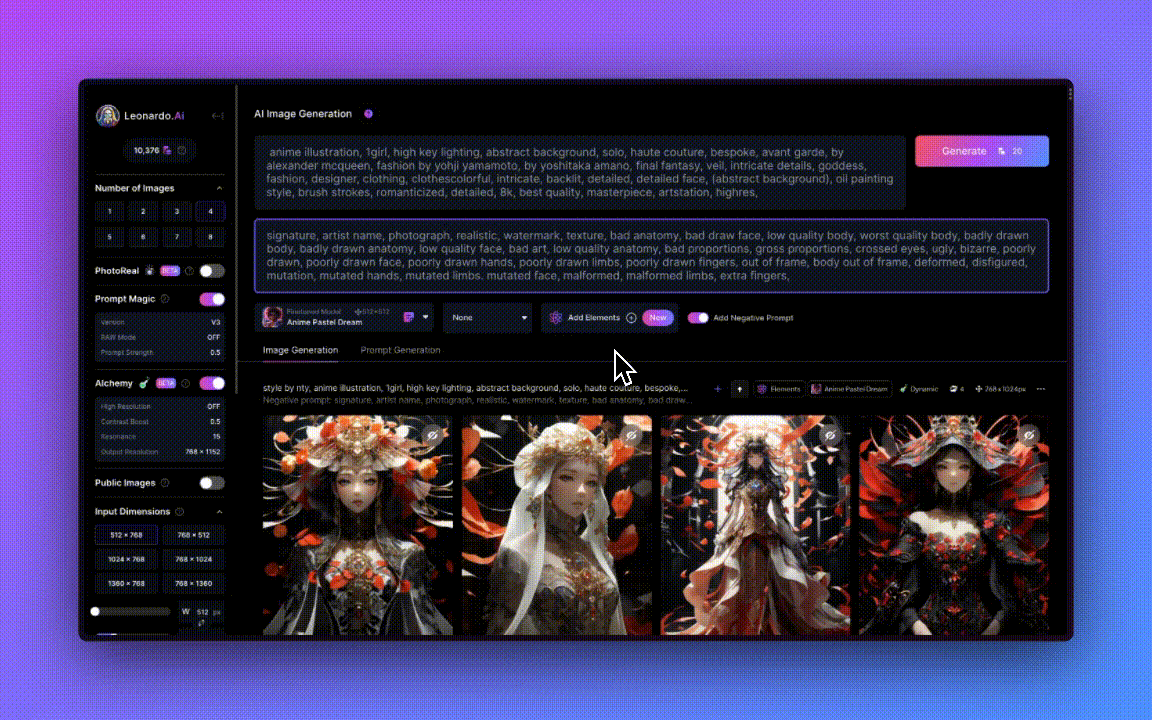In the fast-paced world of creative design, there’s a constant push to deliver projects quickly without compromising quality. Whether you’re a seasoned designer or just starting out, finding that perfect balance between speed and high-quality output can be a challenge. As demands increase, the need for accelerating creative design becomes more critical, especially in highly competitive markets. However, while speed is essential, it’s important not to sacrifice quality for the sake of speed. Here’s how you can achieve a balance between the two.
The Need for Speed in Creative Design
The importance of fast design processes can’t be overstated. Whether you’re working with tight client deadlines or facing rapid project turnarounds, the ability to accelerate your creative process is invaluable. This is where the concept of design acceleration comes into play. As competition grows fiercer, clients expect faster results without compromising on the overall impact of the work.
Using tools such as accelerating creative design software can streamline your workflow, helping you meet deadlines while maintaining the quality of your design. These platforms, often incorporating AI and automation, allow designers to optimize various parts of the design process, cutting down on repetitive tasks and freeing up more time for creativity.

Finding the Right Tools and Resources
To succeed in balancing speed and quality, designers need to adopt the right tools and processes. Leveraging the latest software and technology can enable you to work smarter, not harder. An accelerating creative design course, for example, can help you understand the latest trends and techniques that speed up the design process without compromising on detail or creativity.
One critical area often overlooked is accessibility design competition. While accelerating your workflow, it’s essential to keep in mind that your designs should be inclusive. Accessibility is a vital component of modern design, and by incorporating it from the beginning, you ensure that your projects cater to all users, regardless of their physical or cognitive abilities.

Building a Template for Success
A major part of speeding up the design process is working from a solid foundation. Many successful designers utilize an accelerating creative design template. These templates provide a structured starting point for various projects, reducing the amount of time spent on initial conceptualization and allowing designers to dive directly into the details.
For example, if you’re working on a website, using pre-designed grids and modules can shave off hours of work. Templates also ensure that the quality of your work remains consistent across different projects. By having pre-built design systems, you can focus more on the creative aspects of the project without worrying about minor technical details that would otherwise slow you down.
Prioritizing Quality: The Key to Long-Term Success
While speed is essential, maintaining a high standard of quality is what will ultimately set you apart from the competition. Delivering subpar work quickly might please clients in the short term, but long-term success relies on your ability to produce consistently high-quality designs.
This is where effective time management and prioritization come in. When you start any new project, it’s critical to identify which aspects of the design need the most attention. By focusing your energy on the elements that matter most—whether it’s visual aesthetics, functionality, or user experience—you can ensure that quality is maintained even as you work under tight deadlines.

Practical Tips for Balancing Speed and Quality
Balancing speed and quality requires a combination of the right mindset, tools, and strategies. Here are some practical tips to help you get started:
- Break down your tasks: Large projects can feel overwhelming. By breaking them down into smaller, manageable tasks, you can work more efficiently and maintain focus.
- Automate repetitive tasks: Use tools like Photoshop actions or AI-powered design platforms to automate tasks such as resizing images or organizing layers. This frees up more time for creative thinking.
- Use templates wisely: While templates can accelerate your process, be sure to customize them to fit the unique needs of each project. A balance between standardization and creativity is key.
- Take an accelerating creative design course: There are many courses available that can help you learn new techniques and strategies for speeding up your design process. Investing in your skills will pay off in the long run.
- Iterate quickly, but don’t skip feedback: Rapid iterations are great, but make sure to get feedback from peers or clients before finalizing your work. This will help you catch potential issues early, ensuring that quality remains high.
Conclusion
Accelerating creative design doesn’t mean rushing through projects with minimal attention to detail. Instead, it’s about finding efficient ways to enhance both speed and quality. By using the right tools, optimizing your workflow, and maintaining a focus on accessibility, you can deliver outstanding designs in record time.
With practice, adopting strategies like using an accelerating creative design template and taking an accelerating creative design course, you’ll not only meet deadlines faster but also elevate the quality of your work. Remember, the goal is to work smarter, not harder, and with the right approach, you can excel in both speed and design excellence.


